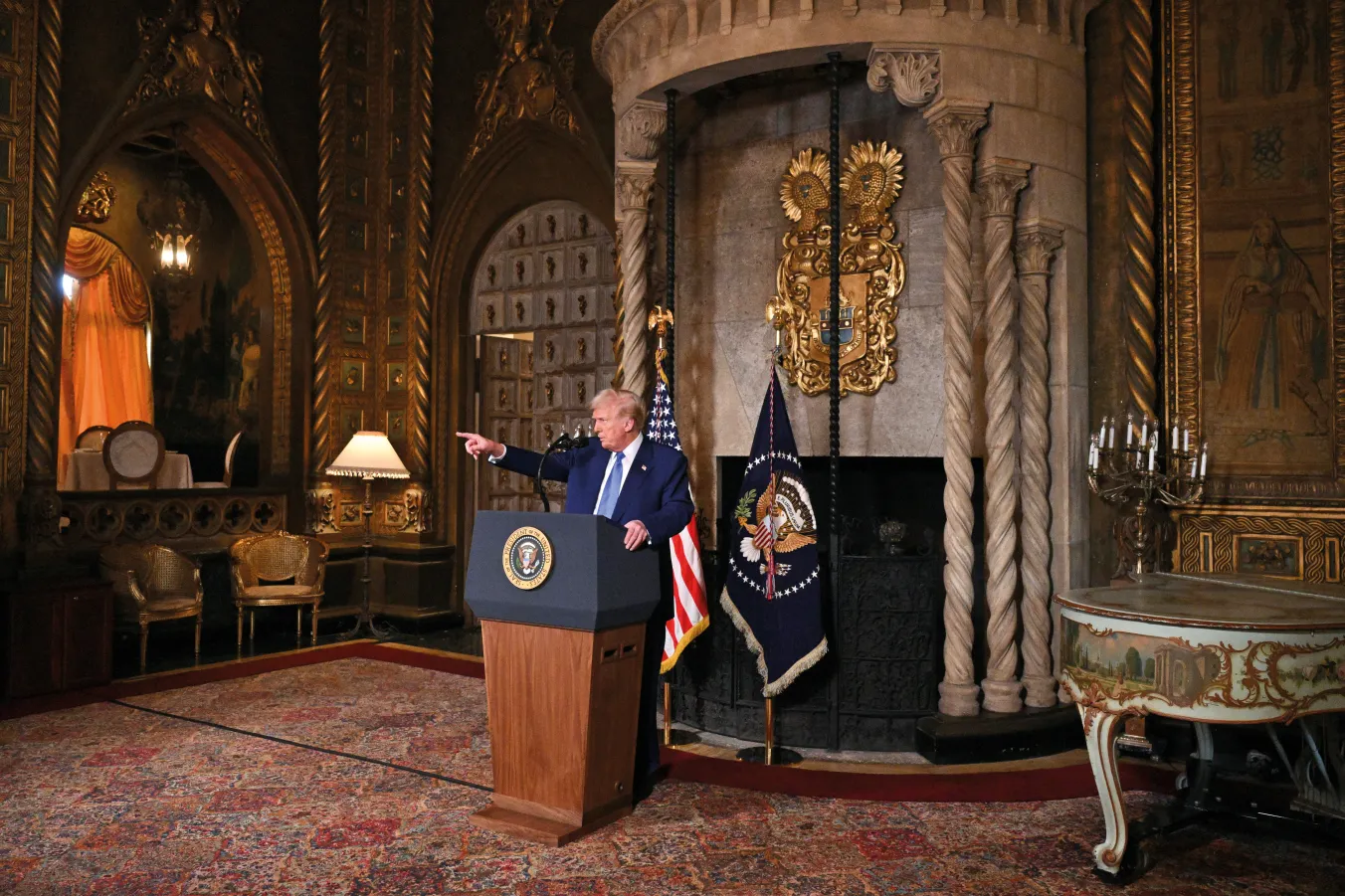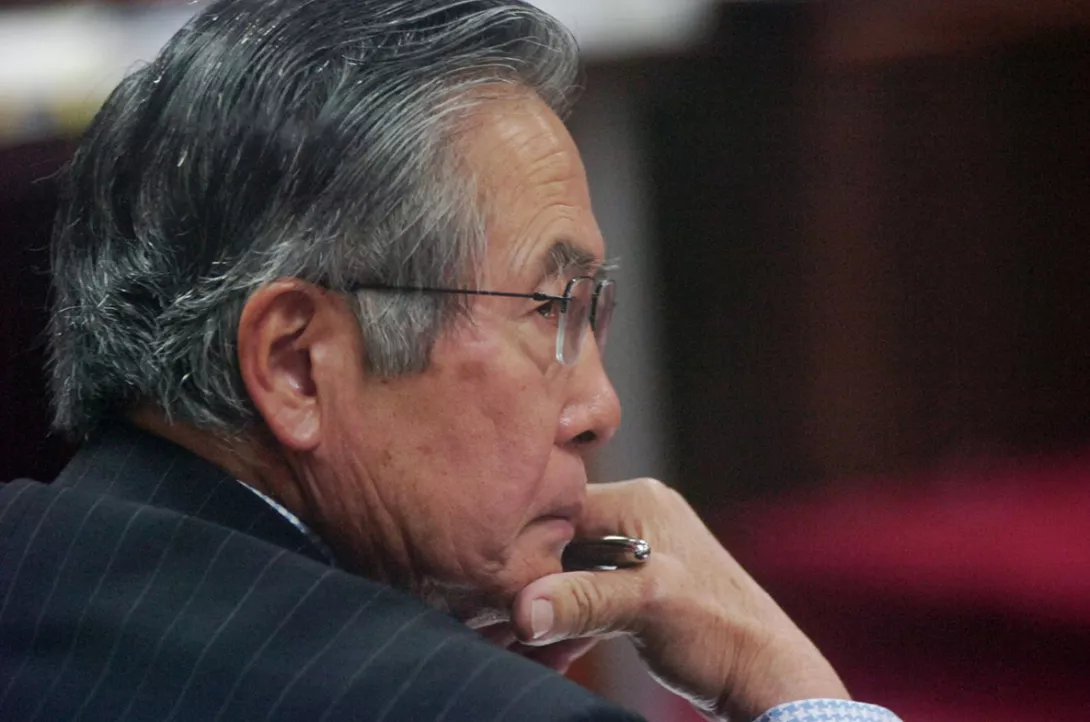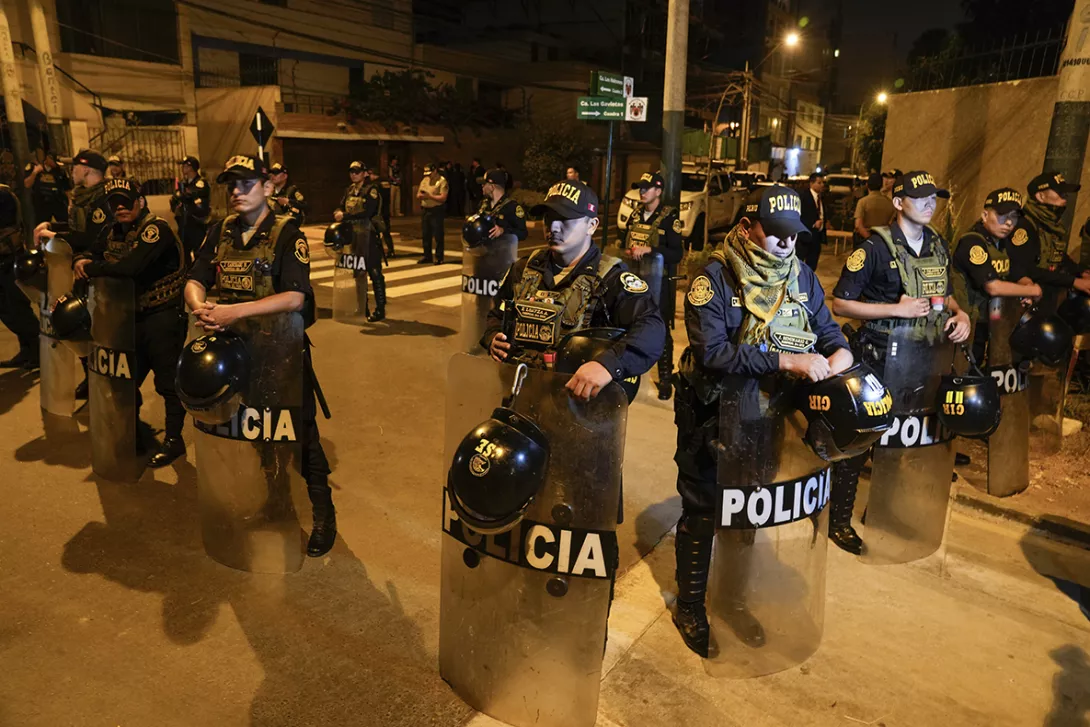VIJAY PRASHAD examines why in 2018 Washington started to take an increasingly belligerent stance towards ‘near peer rivals’ – Russa and China – with far-reaching geopolitical effects
Workers in Peru fight back against criminal gangs
Last week, thousands of lorry drivers and small business owners took to the streets of several cities in Peru to protest against the high level of deadly organised crime that targets the working class, reports PEOPLE’S DISPATCH
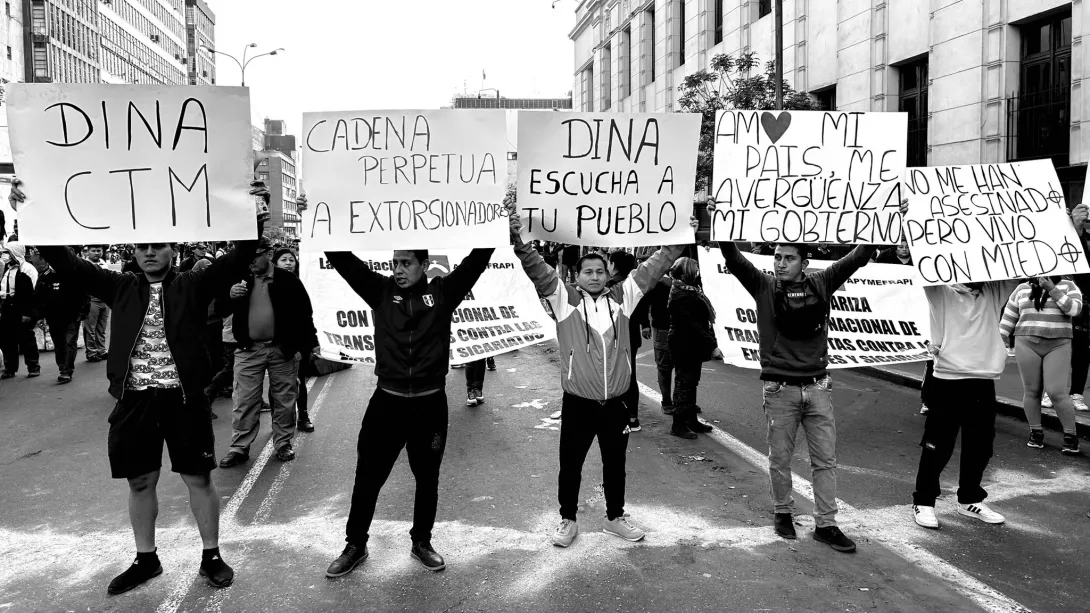
ON Thursday, October 10, several associations of transport workers and companies in Peru began a work stoppage that lasted until Saturday, October 12, protesting against rising crime and extortion by criminal groups in Peru’s major cities.
In their industrial action, they were joined by hundreds of people from trade and business associations, as well as some citizen and student organisations.
Why? The security crisis that Peruvians are experiencing is worsening significantly. In fact, this is the first time that protests of this type and for this reason have taken place in Peru, which shows the severity of the situation and the uncertain consequences that this type of demand could cause, politically speaking, in Peruvian society.
More from this author
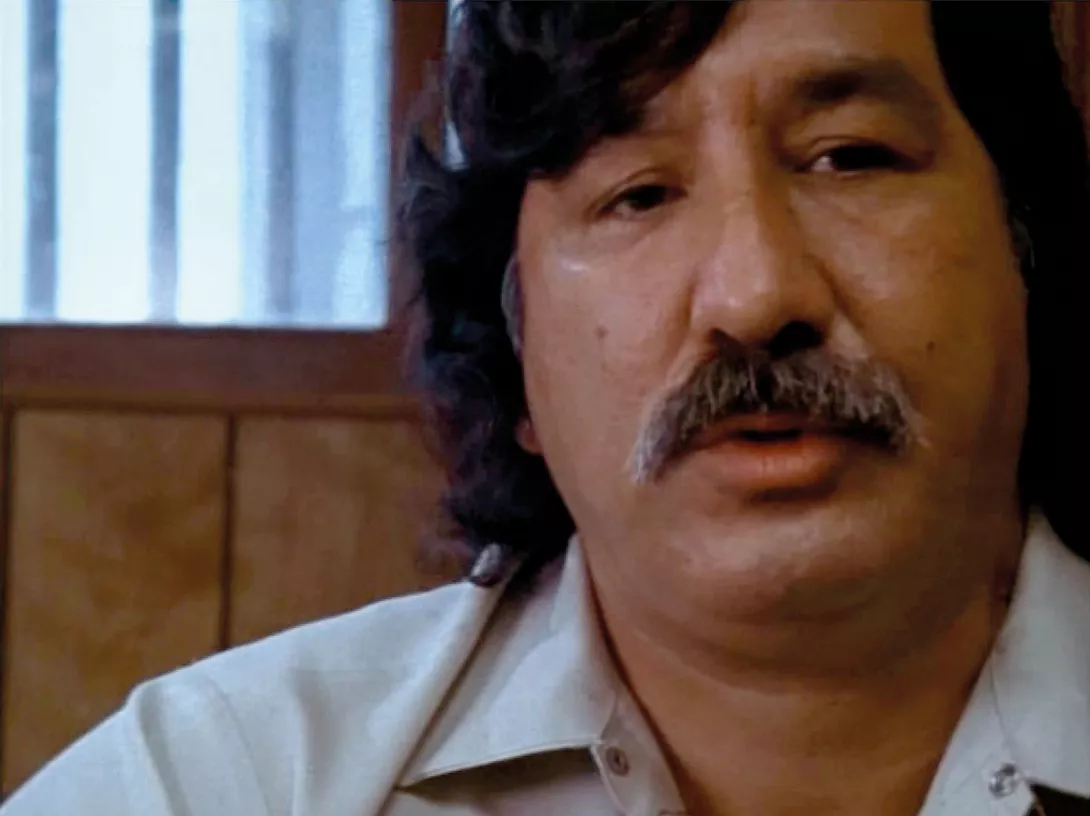
The Native American leader and longest-held political prisoner in the US will be released to home confinement after his sentence was commuted in one of Biden’s final acts as president, reports PEOPLE’S DISPATCH
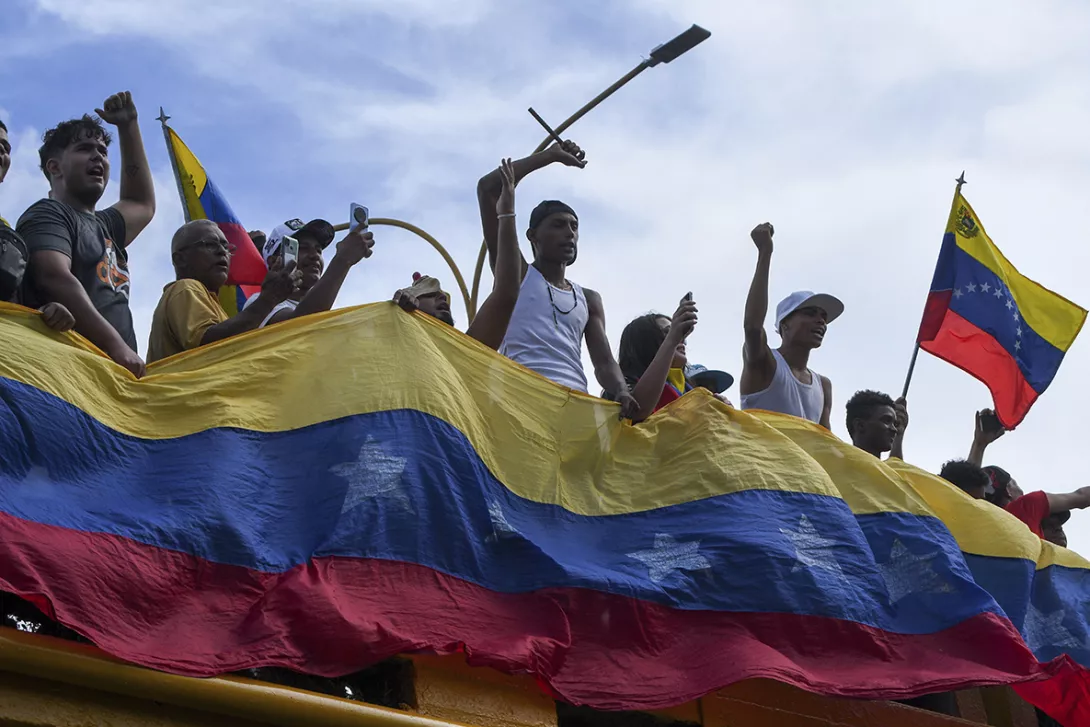
The day after the Venezuelan people voted in their presidential elections, a number of seemingly pre-planned and co-ordinated bloody protests broke out across Caracas, reports PEOPLE’S DISPATCH
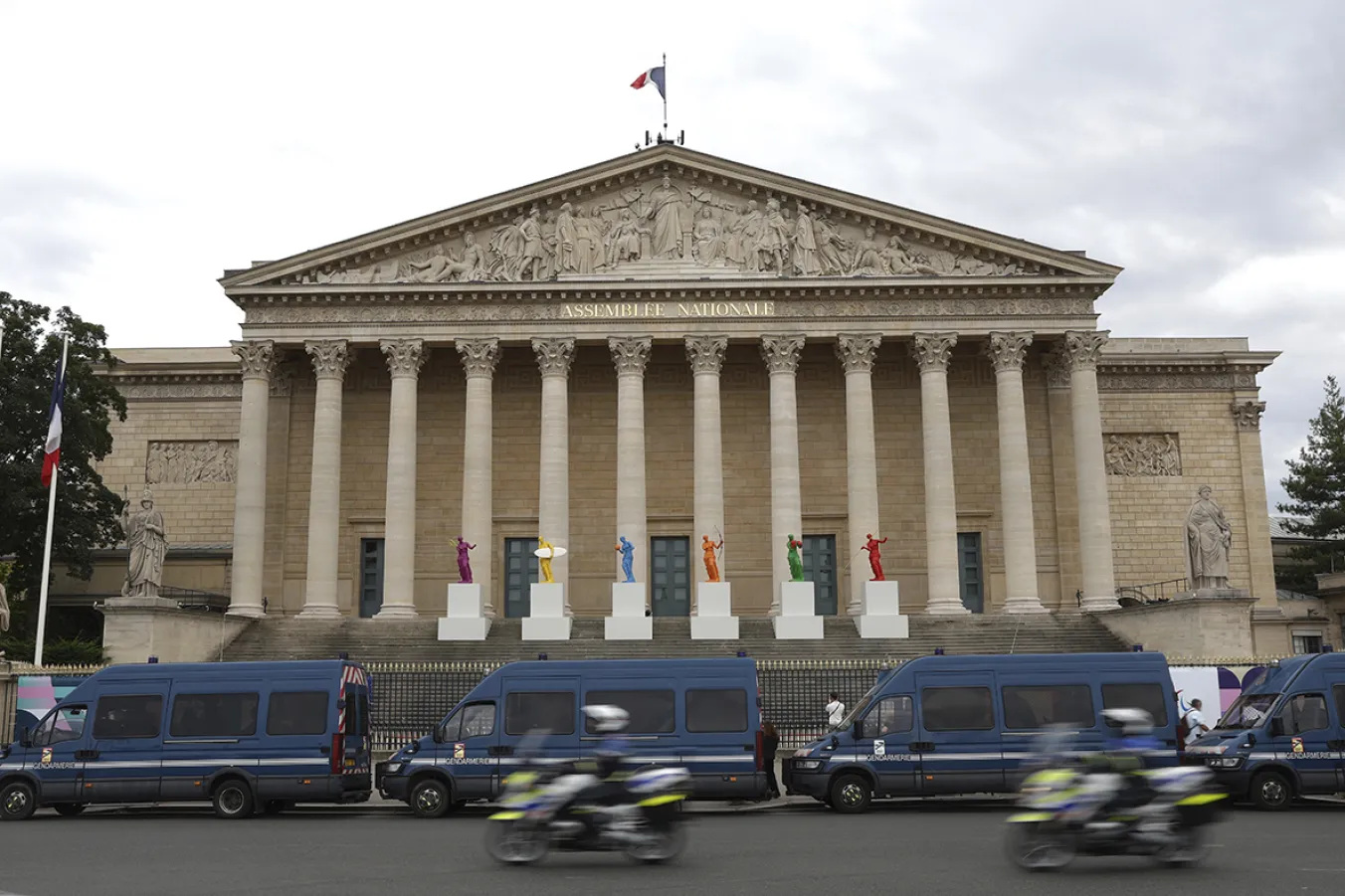
A week after the legislative elections, France remains in a state of uncertainty as Emmanuel Macron delays recognising the election results and the Socialist Party hinders the nomination of the New Popular Front’s prime ministerial candidate, writes PEOPLE'S DISPATCH

US authorities and corporate media have given extensive coverage of protests which took place in response to deteriorating conditions which Cubans say are a product of US policies themselves, explains PEOPLE’S DISPATCH
Similar stories
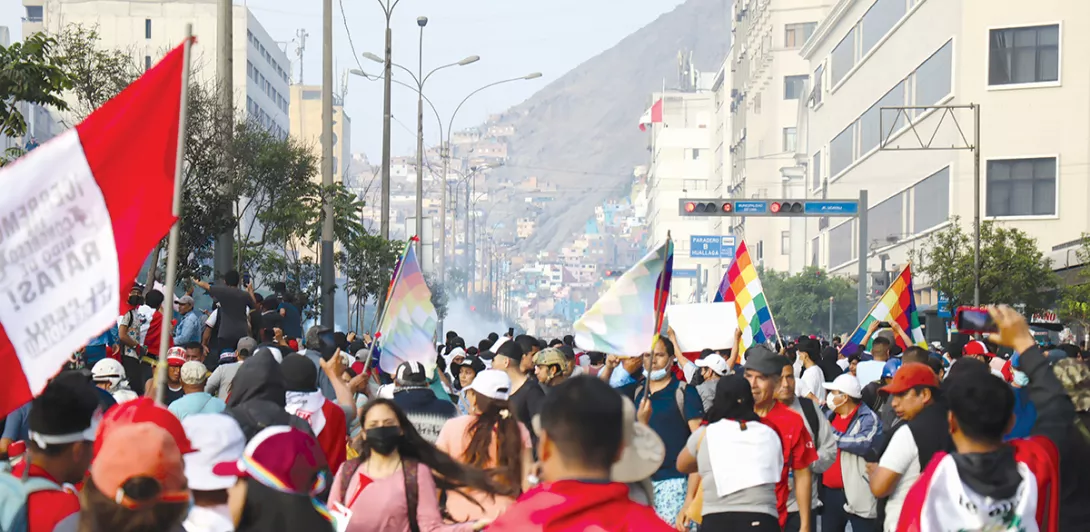
Amnesty International alleges that senior Peruvian officials either planned or deliberately failed to stop the violent crackdown on anti-coup protests which killed more than 50 people and injured thousands, writes PABLO MERIGUET


